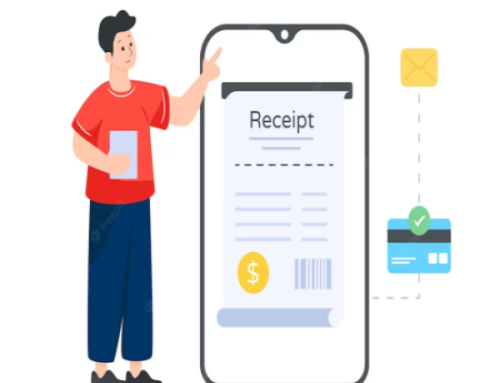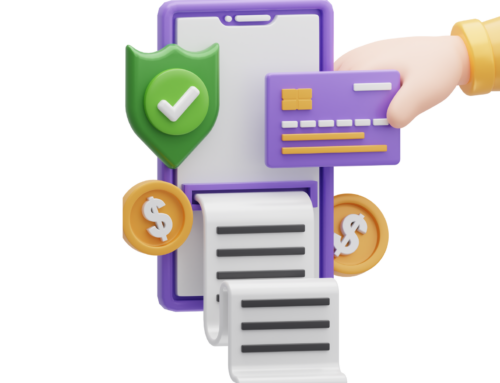The incorporation of digital receipt by retail establishments has garnered considerable interest in recent times, given the ongoing technological transformations that impact the retail sector. Although the transition from conventional paper receipts to digital alternatives does provide numerous benefits, it also introduces obstacles for merchants and customers alike. This article examines the factors that promote or hinder the implementation of digital receipts in the retail industry.
Drivers of the Adoption of Digital Receipts
The concept of environmental sustainability
A primary impetus for the reduction in paper usage is the growing recognition and concern for environmental sustainability. Digital receipts aid in the reduction of paper usage, thereby facilitating retailers and consumers in adopting environmentally sustainable practices and appealing to those who are environmentally conscious.
Preferences for Customers
The utilisation of digital receipts provides clients with the added benefit of effortless accessibility and storage. Customers can efficiently access and arrange their purchase records by storing digital receipts on their smartphones or in their email accounts. This feature simplifies the process of returns, exchanges, and warranty claims.
Expense Reductions for Retailers
Retailers derive financial advantages from the cost reductions that are linked to the printing and distribution of paper receipts. The elimination of costs associated with paper, ink, and printing infrastructure through the use of digital receipts improves operational efficiency as a whole.
Personalisation and Data Analytics
Customer Insights: Retailers can acquire valuable customer data, including purchase history and preferences, through the use of digital receipts. By utilising this data for analytics and personalisation purposes, retailers are able to customise marketing strategies and improve the overall consumer experience.
Loyalty and Mobile Integration Programmes
Digital receipts can be effortlessly incorporated into the mobile applications of retailers, thereby augmenting the overall shopper experience. Furthermore, they furnish a framework for the incorporation of loyalty programmes, enabling merchants to incentivize and maintain customers by means of customised offers and discounts.
Obstacles to the Adoption of Digital Receipt Models
Security and Privacy Considerations
Data breaches and concerns regarding data security and privacy pose substantial obstacles to the widespread adoption of digital receipts. A concern of potential data breaches or unauthorised access may discourage consumers from disclosing personal information digitally.
Obstacles of a technological nature
Restricted Technology Access: The widespread adoption of digital receipts may be impeded by the unavailability of smartphones to some consumers or their discomfort with utilising digital platforms. These technological obstacles must be overcome by retailers in order to promote inclusivity.
Opposition to Change
Consumer Behaviour: Conventional paper receipts have become profoundly entrenched in the habits of consumers. One potential causes of resistance to change is an ignorance regarding the advantages of digital alternatives, or a predilection for the physical appearance of paper receipts.
Regulatory Conformity
Licencing retailers to adhere to legal and regulatory requirements, including but not limited to data protection regulations, may present obstacles in the adoption of digital receipt systems. It is essential to ensure that digital processes comply with industry-specific and regional regulations.
Communication Difficulties
Consumer Education: Retailers might encounter obstacles when attempting to convey the benefits of digital receipts to customers. Effective and thorough communication strategies are critical for dispelling misunderstandings and encouraging acceptance.
Conclusion
The process of digital receipt adoption in retail establishments is complex and is impacted by a range of factors that either promote or hinder its implementation. The transition to digital receipts is motivated by environmental sustainability, cost savings, consumer convenience, and convenience, but it is hindered by technological limitations, privacy concerns, resistance to change, regulatory compliance, and communication difficulties. Retailers must proactively confront these obstacles by implementing effective communication strategies, strong security measures, and endeavours to promote technological inclusivity in order to achieve successful adoption. The adoption of digital receipts will have a significant impact on the future of consumer interactions and transaction processes as the retail industry continues to evolve.
Read More: Paperless Prosperity: 5 Trends Reshaping Digital Receipts







